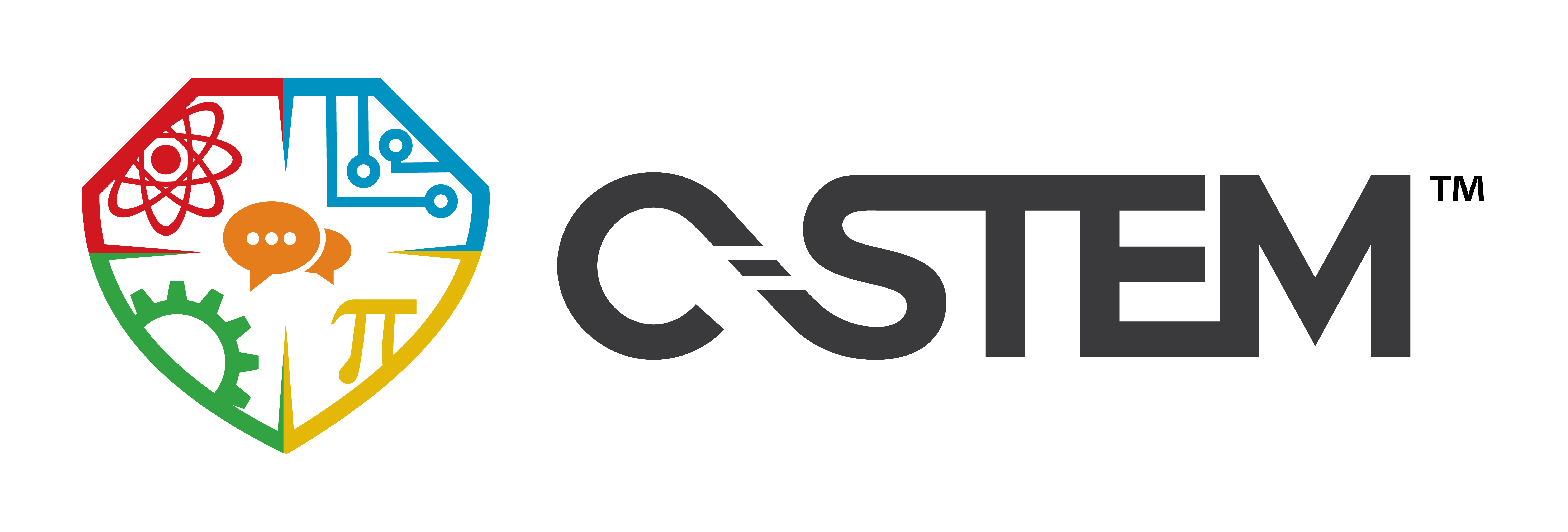Written By: Reagan Flowers, PhD
Virtual reality (VR) is breaking out of the gaming and recreational mold, carving a dynamic niche in education—especially in STEM classrooms. VR doesn’t just teach; it immerses. It transforms complex concepts into hands-on, interactive experiences that foster understanding and ignite curiosity.
Virtual Reality Provides Immersive Experiences
Imagine a classroom where students can:
- Explore the surface of the Mars or walk inside a fusion reactor.
- Dive into the bloodstream to learn about cells.
- Design and test engineering prototypes in a virtual lab.
These once-unimaginable opportunities are now accessible through virtual reality (VR). Virtual field trips transport students to places they’d otherwise never experience, from the intricate networks inside a computer to the vastness of space.
VR immersion is especially critical for young learners, as early exposure to STEM boosts long-term interest and proficiency. By merging digital technology with hands-on activities, VR engages even the most reluctant students, opening pathways to explore careers they might never have considered.
Technology Can Enhance Student Comprehension
VR doesn’t just make STEM exciting—it makes it tangible. It bridges the gap between abstract concepts and real-world applications.
Take, for example:
- Chemistry Apps: Students build elements using interactive blocks in a virtual setting, learning as they “play.”
- Google Expeditions: Kids land on Mars or explore a carbon capture lab, gaining insights that textbooks can’t provide.
Through VR, students of all ages engage deeply, working with large datasets in fields like genetics, astronomy, and climate science. Additional learning benefits of VR include increased focus, engagement, and learner involvement.
Beyond Engagement: The benefits of VR in STEM Learning
Research shows VR heightens focus, engagement, and retention. Students remember more and dive deeper into STEM fundamentals when they actively explore virtual environments.
Students can also experience simulations in fields such as natural history, computer programming, aeronautical engineering or astrophysics. Imagine:
- Exploring a coral reef as part of a marine biology lesson.
- Programming a robot in a virtual engineering lab.
- Experiencing astrophysics by navigating a galaxy.
These immersive experiences make learning fun while fostering analytical and critical thinking. They experience what STEM professionals face daily, preparing them for the workforce.
Empowering Underrepresented Students
Since virtual reality and learning use interactive features to help students connect with the curriculum, it has the potential to improve their learning experience and memory, according to research. Virtual reality experiences increase both cognitive and behavioral engagement, so students are better able to understand and remember what they learned in greater depth. VR in the classroom can also increase the ability of students to grasp and retain STEM subjects and can help build life skills that will prepare them for future professions in STEM.
For underrepresented and underserved students, VR is a game-changer. It opens doors for students from impoverished neighborhoods or resource-limited schools, allowing them to:
- Visualize careers in STEM.
- Gain experiences that were previously unattainable.
- Build life skills in critical thinking, collaboration, and problem-solving.
Next Generation STEM
As outlined by Accelerate Learning, another benefit of VR in the classroom is that it supports a wide range of learning styles and impairments with features such as text-to-speech and closed captioning, enabling more students to succeed.
In addition to making STEM fun, virtual reality in education encourages analytical and critical thinking and can enhance students’ problem-solving abilities. It can also foster more collaboration. With VR, students in different locations can work together on experiments, design solutions with one another or problem-solve as a team.
Let’s build the future together
Investing in VR education means investing in the future of STEM. Many classrooms are not using VR yet because it is costly. Specifically, upfront costs include headgear, software, and content. STEM teachers also need to be trained on the best practices of how to incorporate VR and learning. Support C-STEM’s mission to level the playing field for all students, regardless of their background.
Since it’s highly likely VR will continue to transform the way students interact with STEM subjects, it will be increasingly important for educators and educational policymakers to supply teachers with the support they need so all students can embrace the full potential of VR in education.
Together, we can empower the next generation to dream big, explore boldly, and create a better world. That’s also why it’s important to support organizations like C-STEM that provide supplemental resources for students and curriculum training for educators. We specifically focus on those who are least likely to gain the access they need to STEM. We help schools stay on top of the latest developments in STEM learning, and VR will certainly be a part of that going forward.
Join us in transforming classrooms with virtual reality. Donate, partner, or advocate today. Your support makes immersive STEM learning possible.






